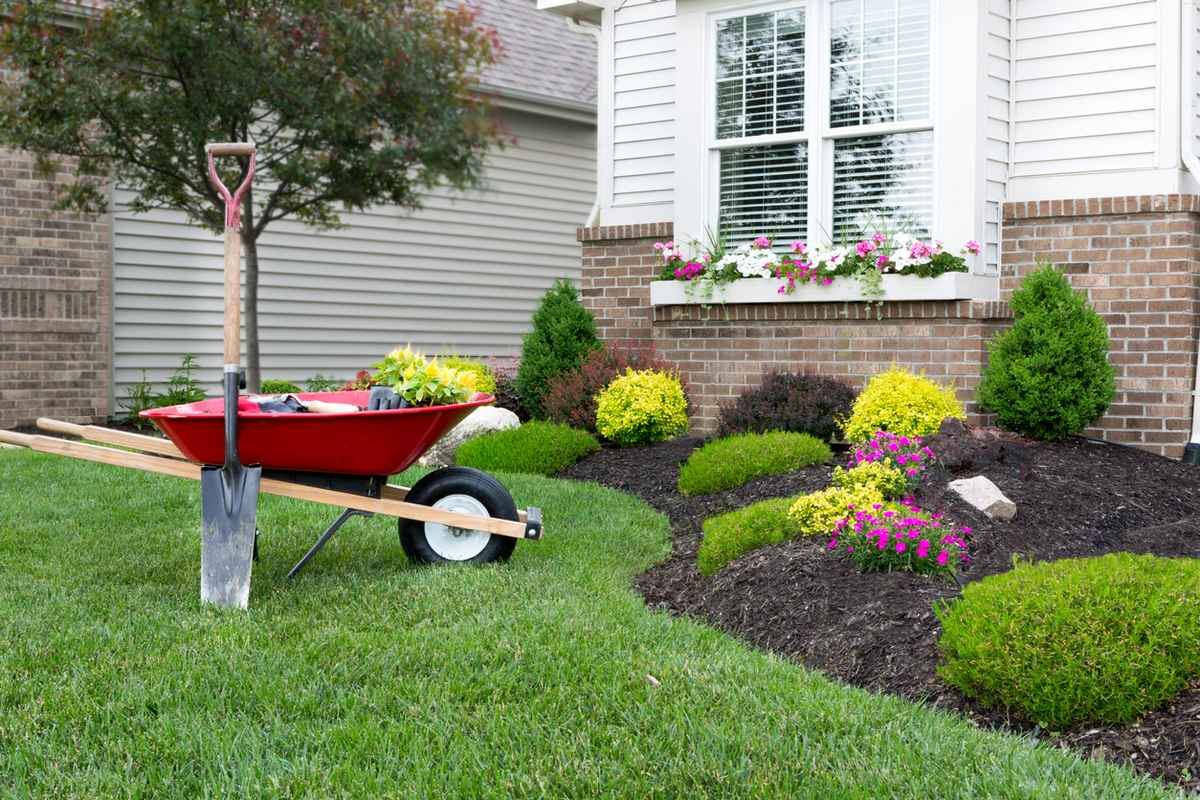Traditionally, front yards were simple, with a green lawn, a handful of foundational shrubs, a cement driveway, and a sidewalk leading to the front door. However, this outdoor area actually presents numerous possibilities and unique design hurdles.
Landscaping a front yard has no strict rules. It relies on your desired aesthetic and how you plan to use the space. To help you with that, here’s how you kickstart the transformation of your front yard:
Planning the Design of Your Front Yard
Ideally, you want to start by planning how your front yard should look like. Here are some considerations you want to make:
Assess Your Space
Reflect on the potential of your front yard. Do you envision a practical area for relaxation and activities, or simply a more visually appealing space? Your front yard’s landscaping choices communicate your intentions for your home and yard.
Visibility Matters
The visibility and accessibility of your front yard from the street shape its welcoming atmosphere. Alternatively, if a tall hedge, fence, or wall conceals it, it might convey a sense of privacy or aloofness.
Privacy Considerations
Whether you opt for a living privacy screen like a hedge or a non-living option like a fence or wall, their purpose matters.
Waist-high hedging or fencing along the front sidewalk can deter trespassers yet allow light and views. Fencing could be decorative or functional, serving security or noise reduction needs.
Light Evaluation
Assess the light conditions in your front yard. Light availability dictates space use and plant choices. Full sun supports warm-season plants, while shade offers relief for seating areas.
Functionality
Define the functions you desire in your front yard. Play area, water feature, seating? Think creatively; your front yard could host a vegetable plot, rock garden, or patio.
Seek Inspiration
Surf the internet and stroll through your neighborhood for ideas. Note down appealing elements like porch swings, decorative items, or fencing styles.
Scale Matters
Front yard planning differs between a spacious rural property and a compact urban lot. Opt for plants proportionate to your yard size. Allow space for growth and avoid crowding seating areas or play zones.
Select a Style
Choose hardscape and plants that enhance your home’s façade. A Colonial home could benefit from a picket fence, brick path, and trimmed boxwood, while a contemporary dwelling might suit a modern fence, aggregate walkway, and diverse plantings.
Sketch Your Design
Draft a basic plan and layout. For intricate projects, consider consulting a landscape expert to refine your garden design.

